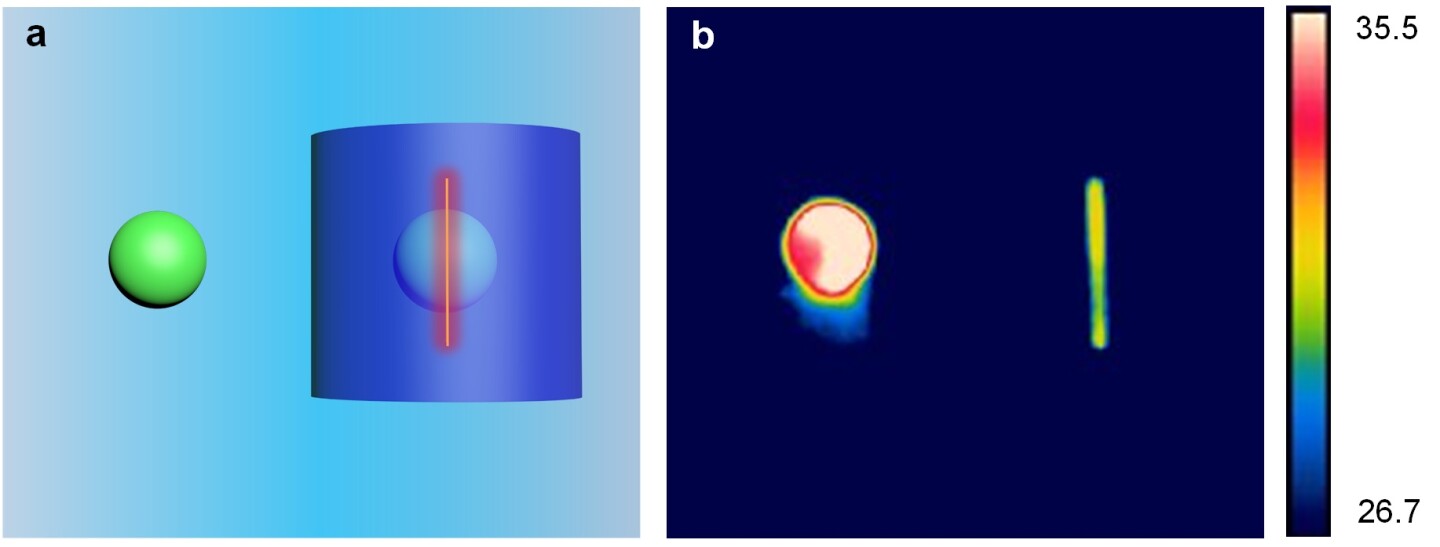Metamaterials that cloak people and objects from radar, visible light or infrared are usually thick and heavy, but now engineers at the University of Wisconsin-Madison have developed an ultrathin, lightweight sheet that absorbs heat signatures and can even present false ones.
The stealth sheet is less than a millimeter thick and can absorb around 94 percent of the infrared light that hits it, including the mid- and long-wavelength range typically given off by human body heat. That makes it effective, light and – thanks to the materials it's made of – relatively inexpensive.
"What we have shown is an ultrathin stealth 'sheet'," says Hongrui Jiang, lead researcher on the project. "Right now, what people have is much heavier metal armor or thermal blankets. It's a matter of the weight, the cost and ease of use."
The stealth sheet owes its infrared invisibility to the material it's made from: black silicon. This stuff consists of millions of vertical silicon nanowires that trap light between them, forming one of the most effective light-absorbing materials ever created. Black silicon is often used to improve the efficiency of solar panels, while a similar material, Vantablack, works on the same principle but uses carbon nanowires.
Normally, black silicon works on visible light, but the researchers suspected it could be adapted to absorb infrared instead. To do so, they used silver particles to etch the silicon into taller nanowires than usual, both of which helped increase the material's infrared absorption rate. The nanowired silicon is then attached to a flexible backing that is made with air channels to help release the trapped heat and make the cloak work longer.

To add some further trickery, the team added electronic heating elements to the sheet. That lets the stealth sheet look like a completely different object when viewed through an infrared camera.
"You can intentionally deceive an infrared detector by presenting a false heat signature," says Jiang. "It could conceal a tank by presenting what looks like a simple highway guardrail."
The researchers are currently working on scaling up the prototype, before testing it in the real world.
The research was published in the journal Advanced Engineering Materials.
Source: University of Wisconsin-Madison





